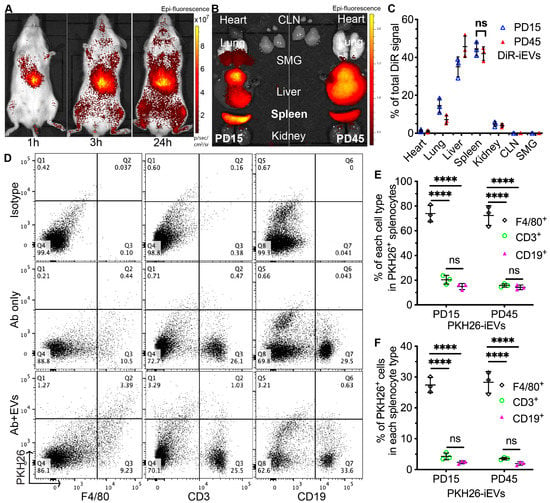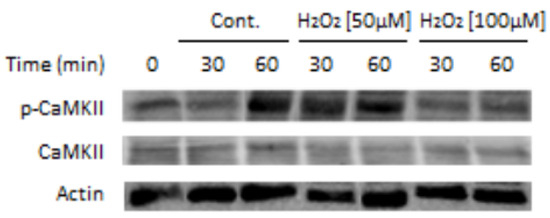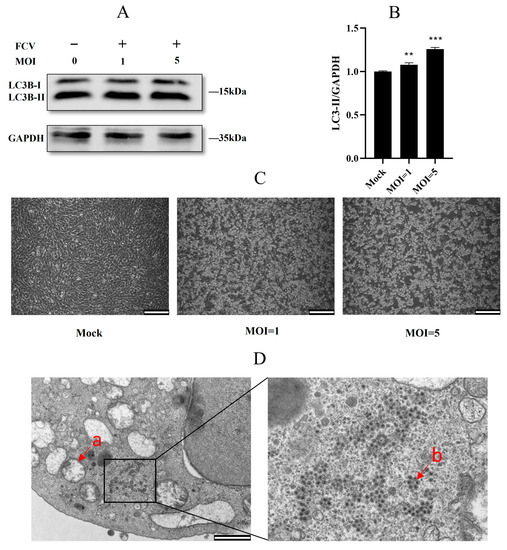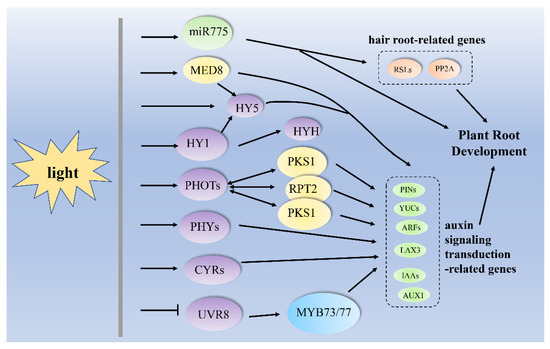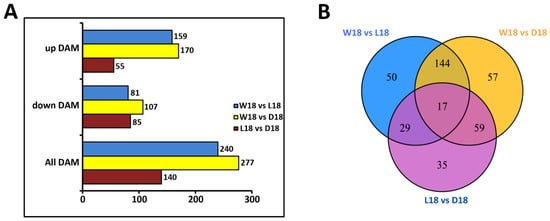1
Institute of Translational Medicine, Medical College, Yangzhou University, Yangzhou 225001, China
2
Jiangsu Key Laboratory of Experimental & Translational Non-Coding RNA Research Yangzhou, Yangzhou 225001, China
Int. J. Mol. Sci. 2023, 24(6), 5262; https://doi.org/10.3390/ijms24065262 - 9 Mar 2023
Cited by 4 | Viewed by 2739
Abstract
The WD40 repeat-containing F-box proteins (FBXWs) family belongs to three major classes of F-box proteins. Consistent with the function of other F-box proteins, FBXWs are E3 ubiquitin ligases to mediate protease-dependent protein degradation. However, the roles of several FBXWs remain elusive. In the
[...] Read more.
The WD40 repeat-containing F-box proteins (FBXWs) family belongs to three major classes of F-box proteins. Consistent with the function of other F-box proteins, FBXWs are E3 ubiquitin ligases to mediate protease-dependent protein degradation. However, the roles of several FBXWs remain elusive. In the present study, via integrative analysis of transcriptome profiles from The Cancer Genome Atlas (TCGA) datasets, we found that FBXW9 was upregulated in the majority of cancer types, including breast cancer. FBXW expression was correlated with the prognosis of patients with various types of cancers, especially for FBXW4, 5, 9, and 10. Moreover, FBXWs were associated with infiltration of immune cells, and expression of FBXW9 was associated with poor prognosis of patients receiving anti-PD1 therapy. We predicted several substrates of FBXW9, and TP53 was the hub gene in the list. Downregulation of FBXW9 increased the expression of p21, a target of TP53, in breast cancer cells. FBXW9 was also strongly correlated with cancer cell stemness, and genes correlated with FBXW9 were associated with several MYC activities according to gene enrichment analysis in breast cancer. Cell-based assays showed that silencing of FBXW9 inhibited cell proliferation and cell cycle progression in breast cancer cells. Our study highlights the potential role of FBXW9 as a biomarker and promising target for patients with breast cancer.
Full article
(This article belongs to the Special Issue Advances in Molecular Imaging of Breast and Gynecologic Cancers)
▼
Show Figures





